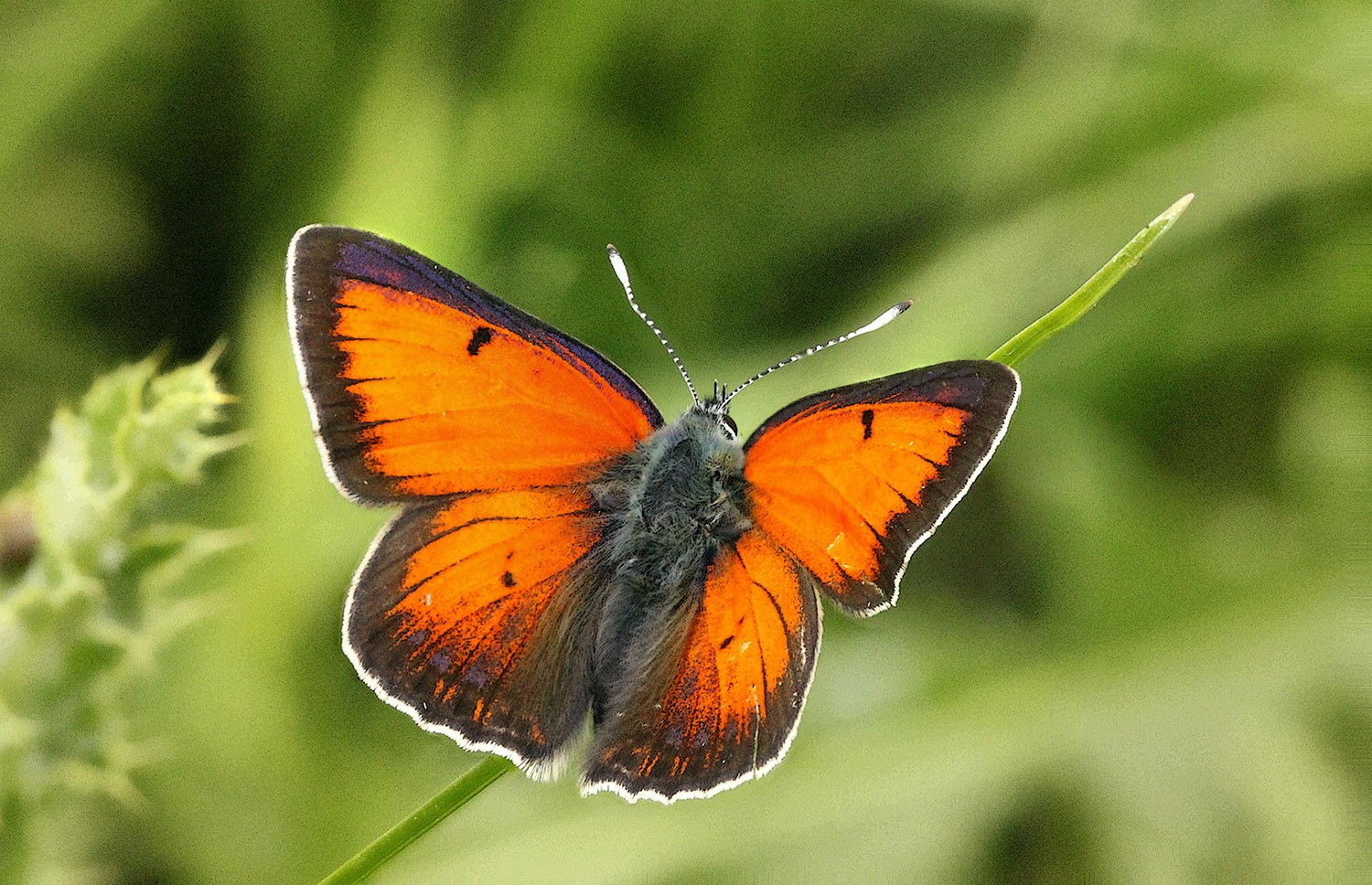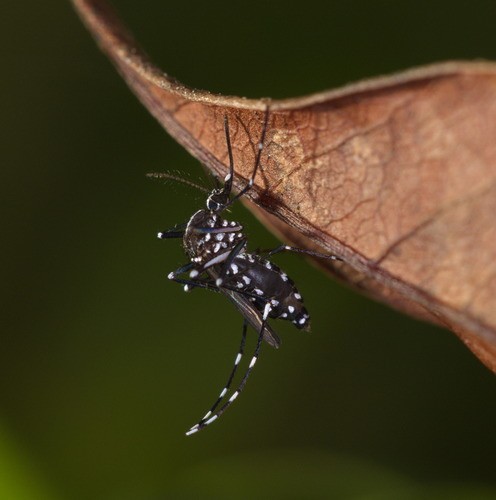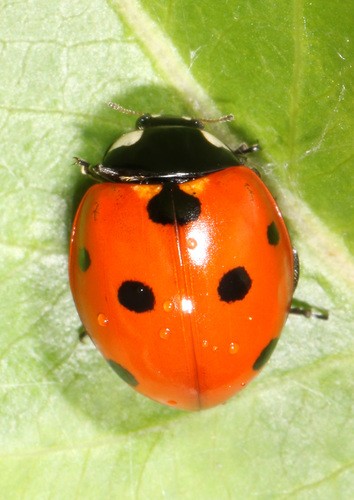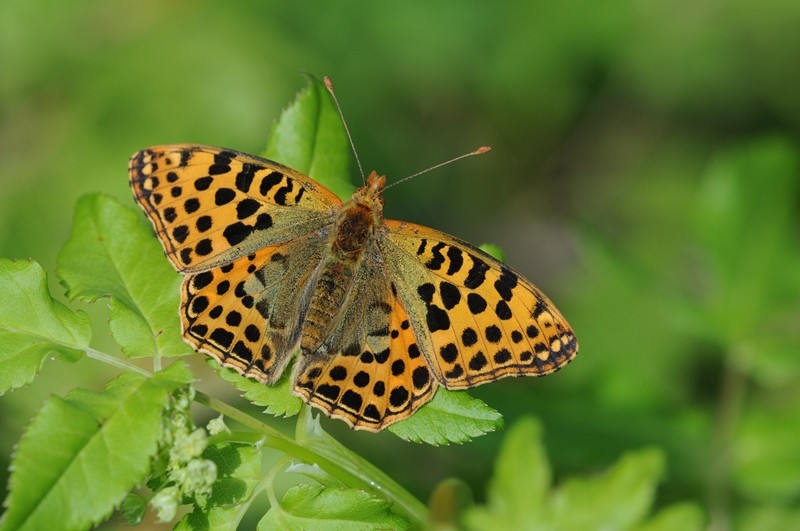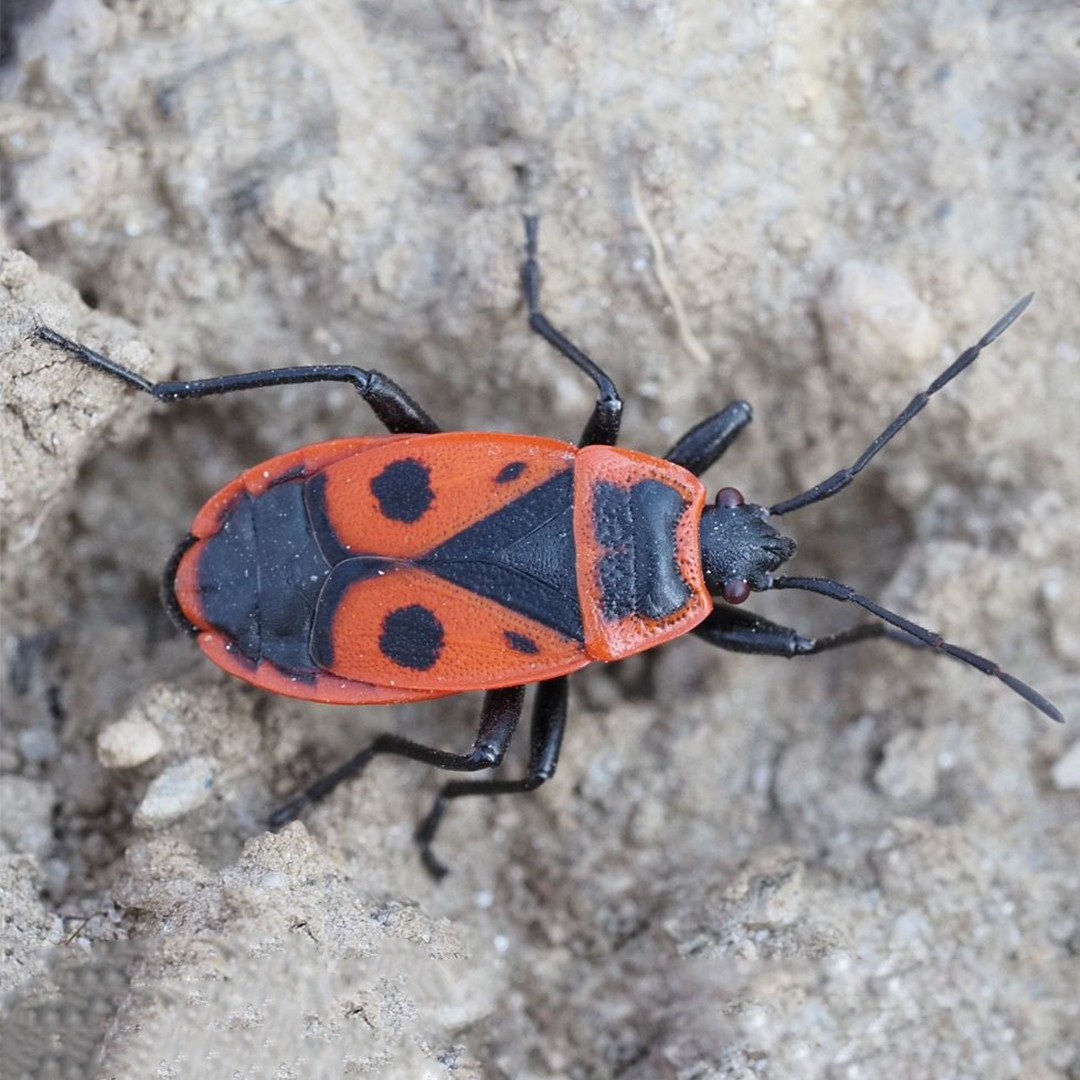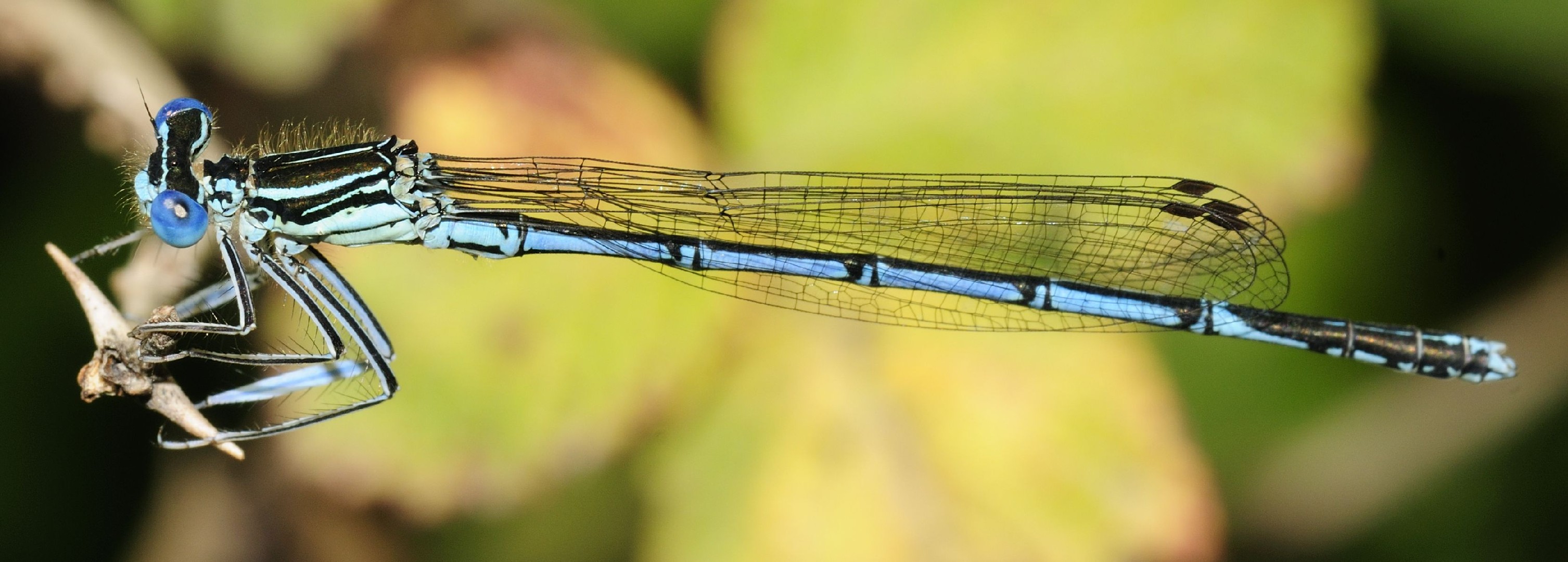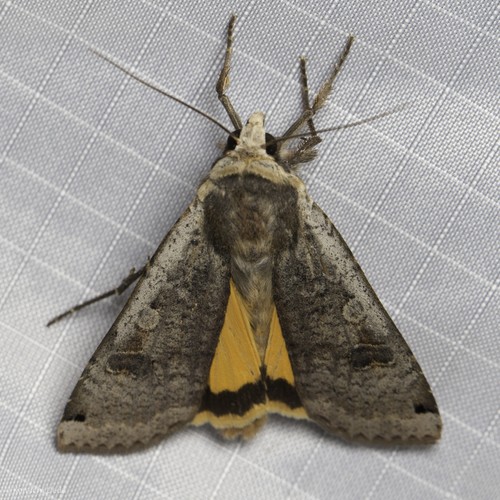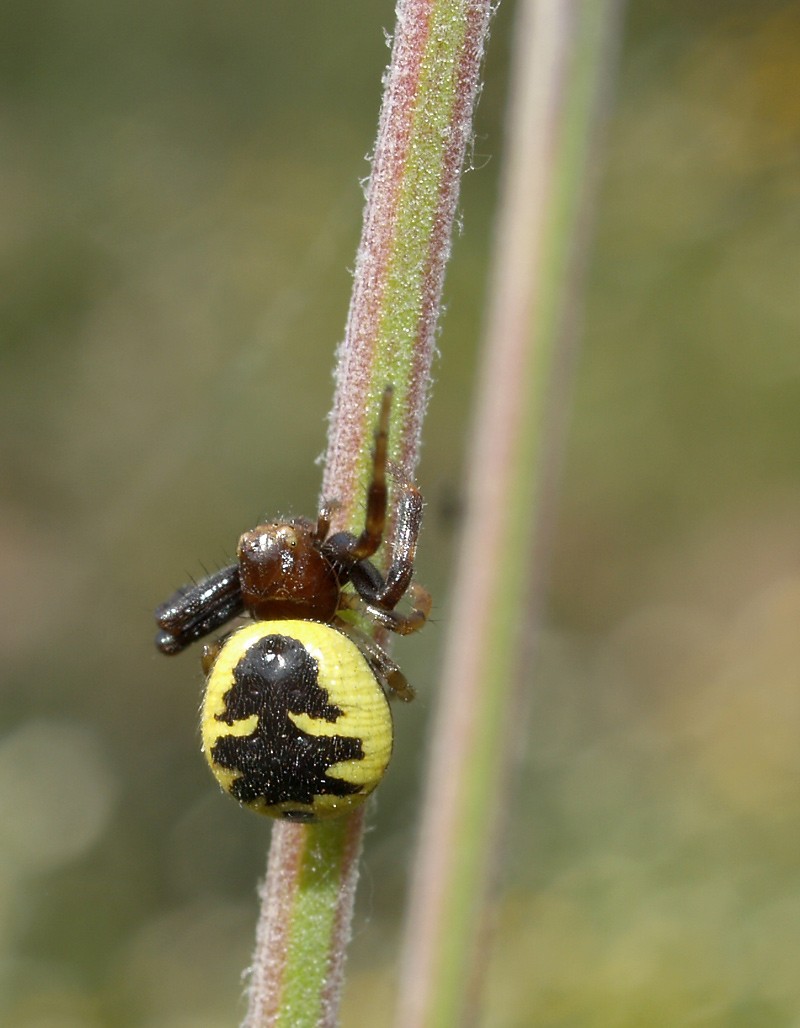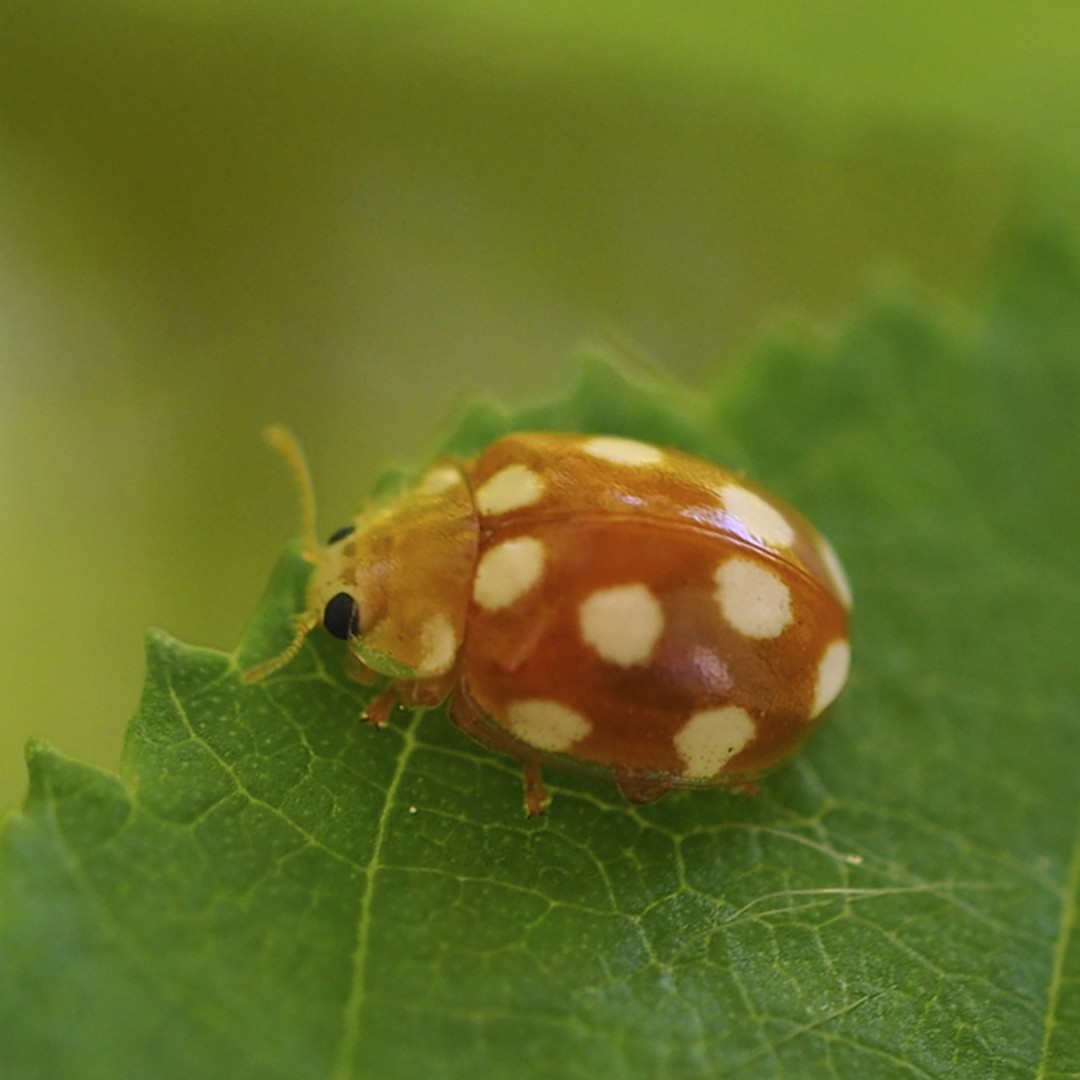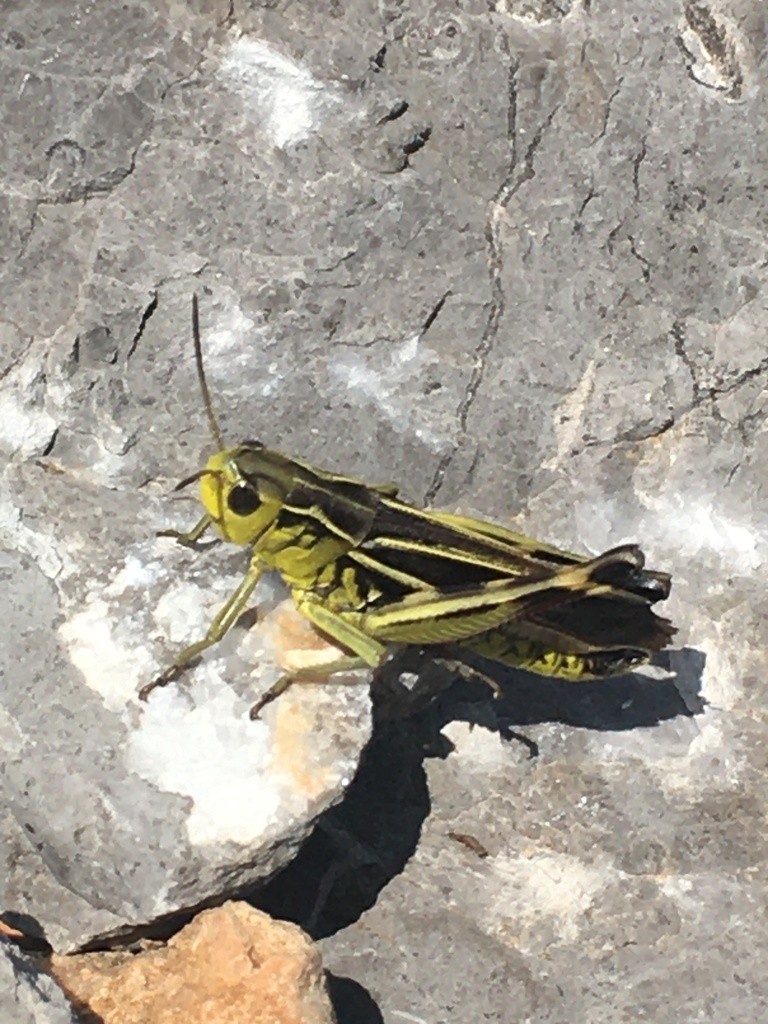Top 20 Most Common Insects in Kosovo
Insects, famed for their defining traits of six legs and exoskeletons, truly are the unsung heroes of Kosovo's distinct environmental tapestry. The diverse landscapes within the country shape the variety of insects found, each uniquely adapted to their surroundings, from sun-soaked plains to shaded woodlands. Our list of 'Top 20 most common insects in Kosovo' is set to spotlight how geographical and climatic factors influence insect inhabitation, celebrating the quiet work of both beneficial pollinators and notorious pests within the country.
Most Common Insects

1. Multicolored asian ladybeetle
Often confused for the ladybug, multicolored asian ladybeetle (Harmonia axyridis) is a separate species that, unlike the ladybug, is a household pest. It is considered particularly annoying for its habit of returning to places from which it is removed. One of the most variable species in the world, there are many different colors and patterns multicolored asian ladybeetle may display, making identification potentially difficult.
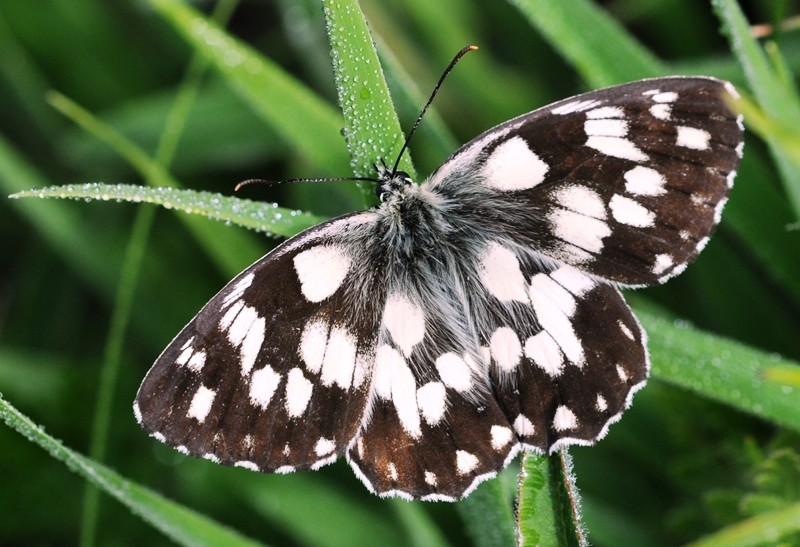
2. Marbled white
Melanargia galathea has a wingspan of 1.8–2.2 in. In these medium-sized butterflies the upper side of the wings is decorated with white and gray-black or dark brown markings, but it is always gray-black or dark brown checkered in the basal and distal areas. The underside is similar to the upper side but the drawings is light gray or light brown. On the underside of the hindwings is present a row of gray eye spots. The males and the females are quite similar, except that some females may have a yellowish nuance on the underside of the wings. The larvae are a lime-green colour, with a dark green line running down the middle of their back. The caterpillars are about 3 cm long. They are green or yellow with some lighter and darker narrow longitudinal lines. The head is always light brown. 
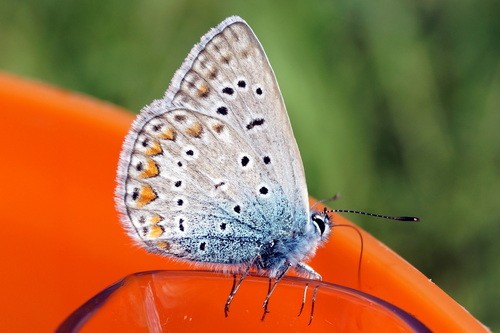
3. Common blue butterfly
Despite its common name, only male specimens of common blue butterfly (Polyommatus icarus) can accurately be described as blue; the females are predominately gray-brown, with only a dusting of blue and a scattering of orange spots. The adults live for only three weeks before dying.
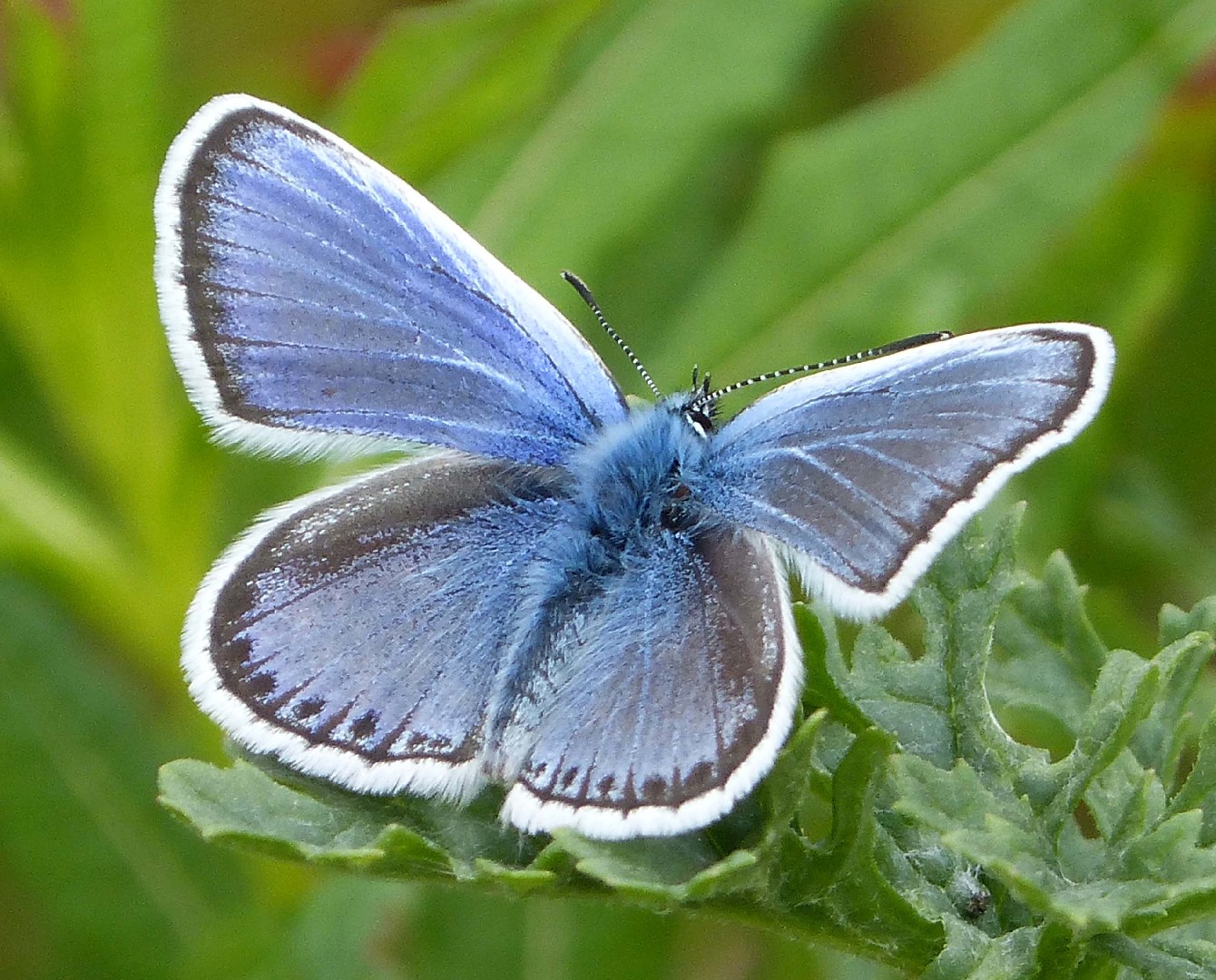
4. Silver studded blue
This eye-catching butterfly has bright blue wings rimmed in black with white edges and silver spots on its hindwings, lending it the name of the silver-studded blue. 

5. Painted lady
The painted lady is a migratory butterfly that spends part of the year in Northern Africa and then migrates to Europe during the warmer months. Although the adults feed on nectar from flowers, the larvae feed on the leaves of nettles and thistles.
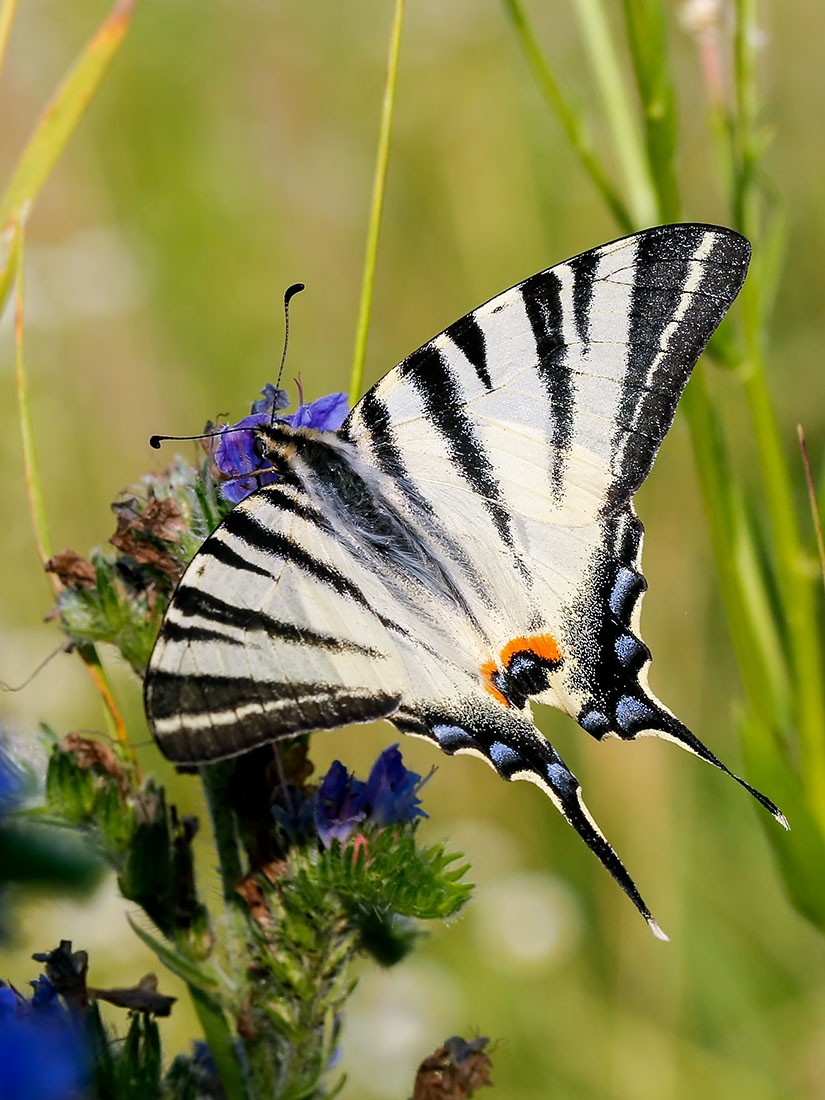
6. Scarce swallowtail
Its slow and floating flight pattern makes it easy to identify the scarce swallowtail as it soars over gardens, orchards, and scrublands. The butterfly has a large presence across Europe, the Middle East, and Asia. The adult lifespan is brief, only two or three weeks. Planting flowers like blackthorn can encourage the butterfly to visit a garden.
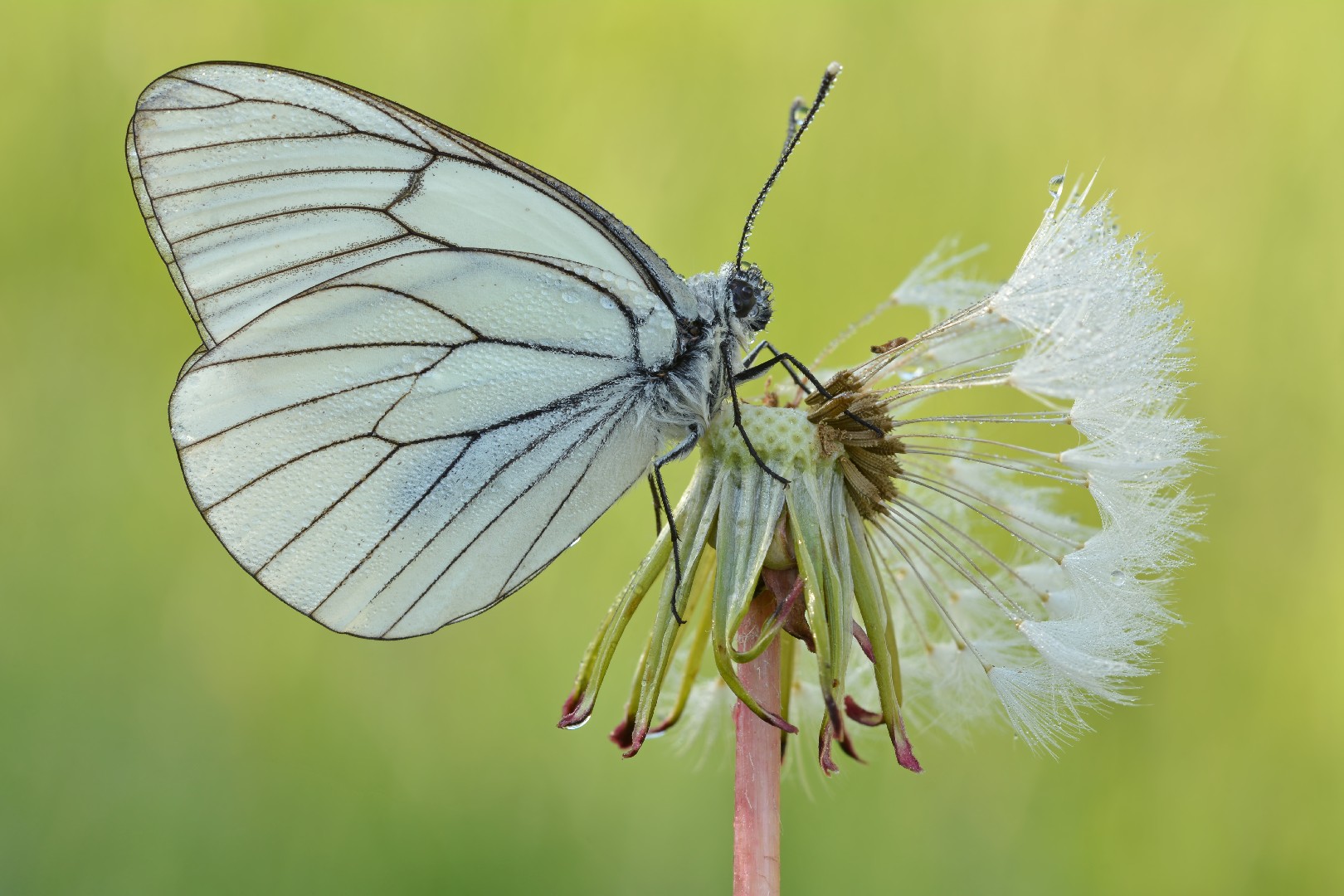
7. Black-veined white
The black-veined white has a wingspan of 5 - 7 cm. Females are commonly larger than males. The upperside of both forewings and hindwings is a translucent white boldly veined with black. The underside is similar in the male but the female has brown veining. Moreover, the female loses most of her scales by rubbing her wings together, resulting almost-transparent. This butterfly can be distinguished from other members of white butterflies of the genus Pieris by its distinctive veined wings. The eggs are yellow at first, darkening with age. The caterpillars are greenish grey with transverse banding. The pupa is creamy white, marked with black, attached by a silken girdle to a twig. 
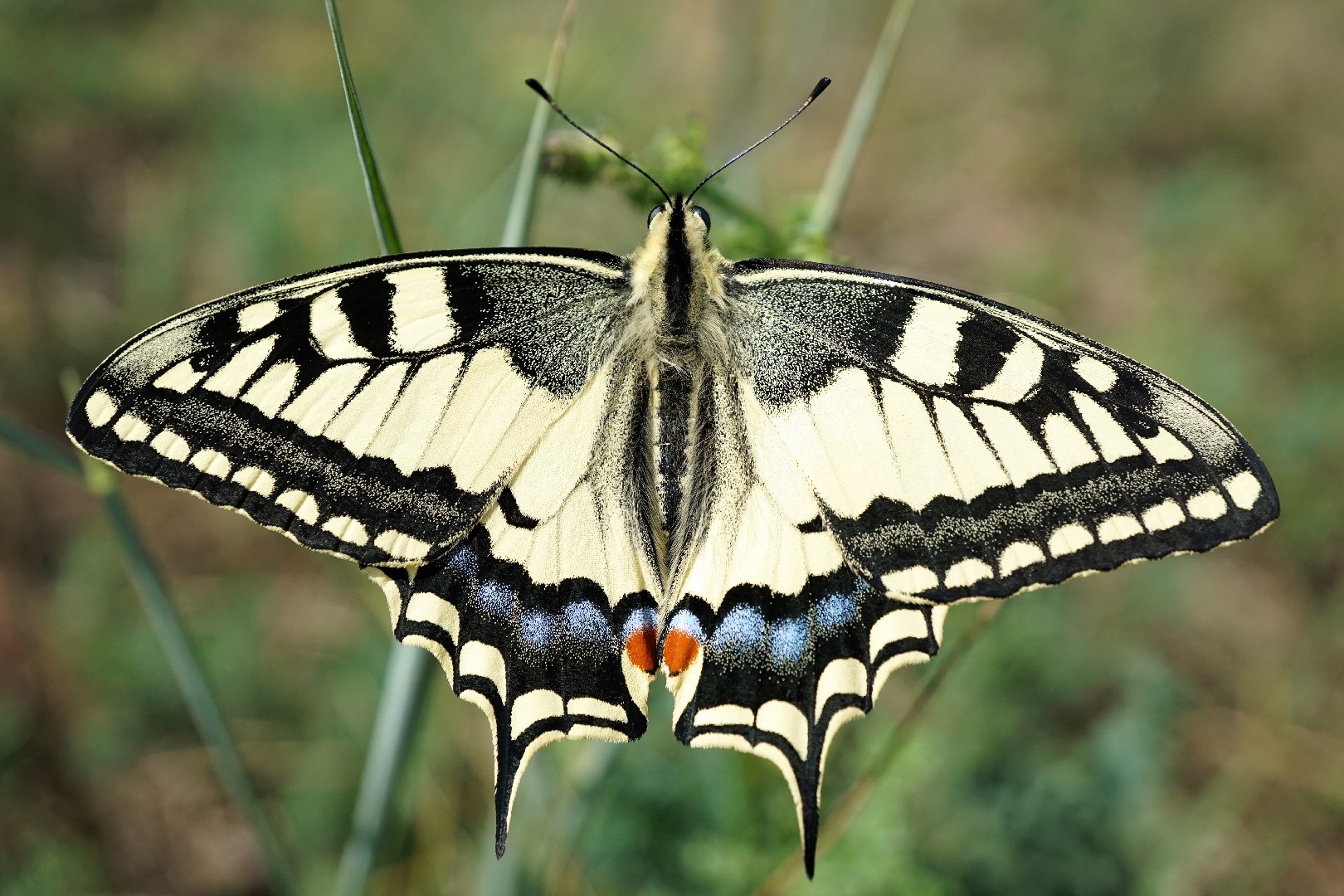
8. Old World swallowtail
The old World swallowtail (Papilio machaon) is commonly just called the "swallowtail," giving it the added title of "old world" to distinguish it and remind us that it comes from the "old world" (Asia, Africa, Europe). The upper side of them is a beautiful combination of pure white with black striping, the underside being a brownish version of the same thing. There is blue and two red dots on its back side.
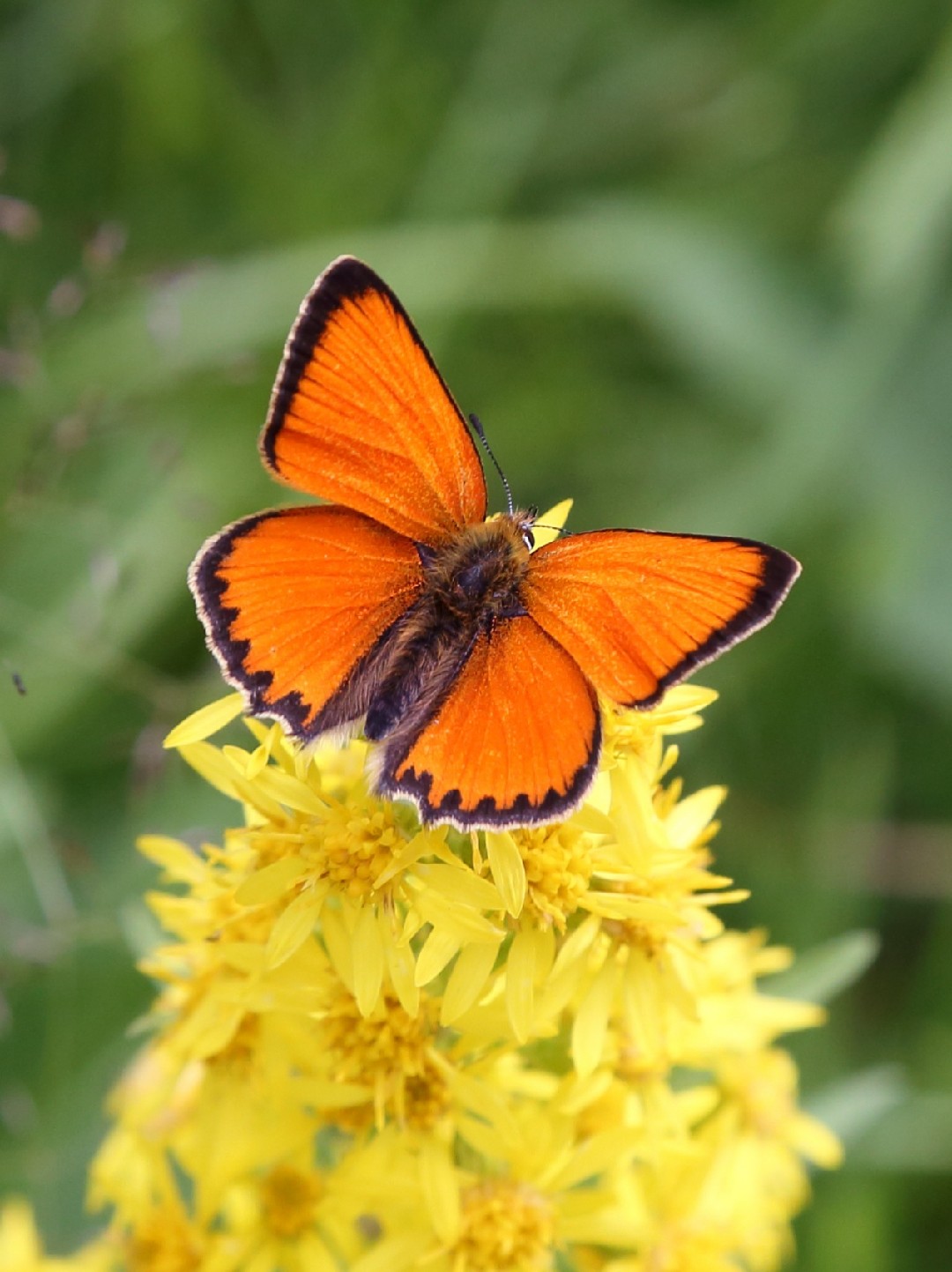
9. Scarce copper
Male above red-golden, with a narrow black margin, at the proximal side of which there are dark dots on the hindwing: female cinnabar-red, spotted with black, the hindwing partly dusted with black. Underside leather-yellow, more sparsely spotted with black, before the outer third of the hind- wing pale dots, which are occasionally united in a white chain. The anal area dusted with red. The species occurs from the Atlantic coasts throughout Europe to East- Siberia and from the coast of the North Sea to the Mediterranean, but is absent from Great Britain and Japan. — In Lapland flies a small form, oranula Frr. (76 b), which is otherwise very similar to the name-typical form. — estonica Huene (76 b), from the Baltic provinces and eastern Russia, exactly resembles the preceding in size and shape, but has a broader black margin. — virgaureola Stgr. (76 b) is in size like virgaureae, but the upperside of the male is as in estonica; beneath the more reddish disc of the forewing contrasts with the more yellow hindwing and the white discal stripe of the latter is absent or reduced; from northern Central Asia, Dauria, Mongolia, and as similar aberration in the Swiss Alps. — males from the Apennines, in which the upperside is deeper red-golden and the base of the hindwing more densely dusted with dark, are apennina Calb. The females the contrary have the ground-colour paler and are less dusted with dark than many Central European specimens, the underside being hghter. According to Fallou the males from the Pyrenees are also deeper red. - On the other hand, the specimens from Mersina and the neighbouring Taurus Mts. have a bright light golden-red upperside in both sexes, the black margin being narrowed in the male. This is aureomicans Heyne. — Specimens with the underside of the hindwing strongly dusted with grey, the upperside of the female more-over having a brown-grey tint on account of the dark dusting on the golden ground, occur in many alpine districts with the ordinary form, being especially plentiful and well marked in the Alps of Valais; all such individuals are united as ab. zermattensis Fall. (76 a). It is hardly possible to decide from Fallou's very long description of this form which are the real characteristics of his aberration, so that strictly speaking not all the specimens standing in collections under this name belong here, particularly not all the specimens from the Valais; in fact only those individuals are true ab. zermattensis which, like phlaeas caeruleopunctata, have a chain of white dots before the outer third of the hindwing, as shown in the figure given in Ann. Soc. Ent. Fr. vol. V. pl. 2. Besides the modification of the colour of the upperside into sepia-brown, both sexes differ on the underside in the forewing bearing a broad dark margin and the hindwing being washed with fuscous, ab. seriata Fruhst. are zermattensis females which have a discal row of white dots on the hindwing proximally to the row of black spots, ab. fredegunda Fruhst. bears, besides those dots, a row of submarginal spots on the forewing beneath. [more vars described]The egg is semiglobular, grey-green, with a network of polygons, laid singly or several together on the stalk of the foot-plant. Larva green with a yellow stripe on back and at the sides, brownish head and brownish legs; at first glassy, transparent, later yellow on the back. Emerges in April and feeds until June on Rumex and Solidago. Pupa rounded, smooth, similar to a small bean, brownish, with dark markings; on the thorax a dark dorsal longitudinal stripe, which is continued on the abdomen by a row of impressed dots. The butterflies are on the wing from the end of June into August on meadows, clearings in woods, mountain-sides and flowery slopes; they are abundant almost everywhere in the area aru:! ascend in the high mountains above 10,000 ft. 
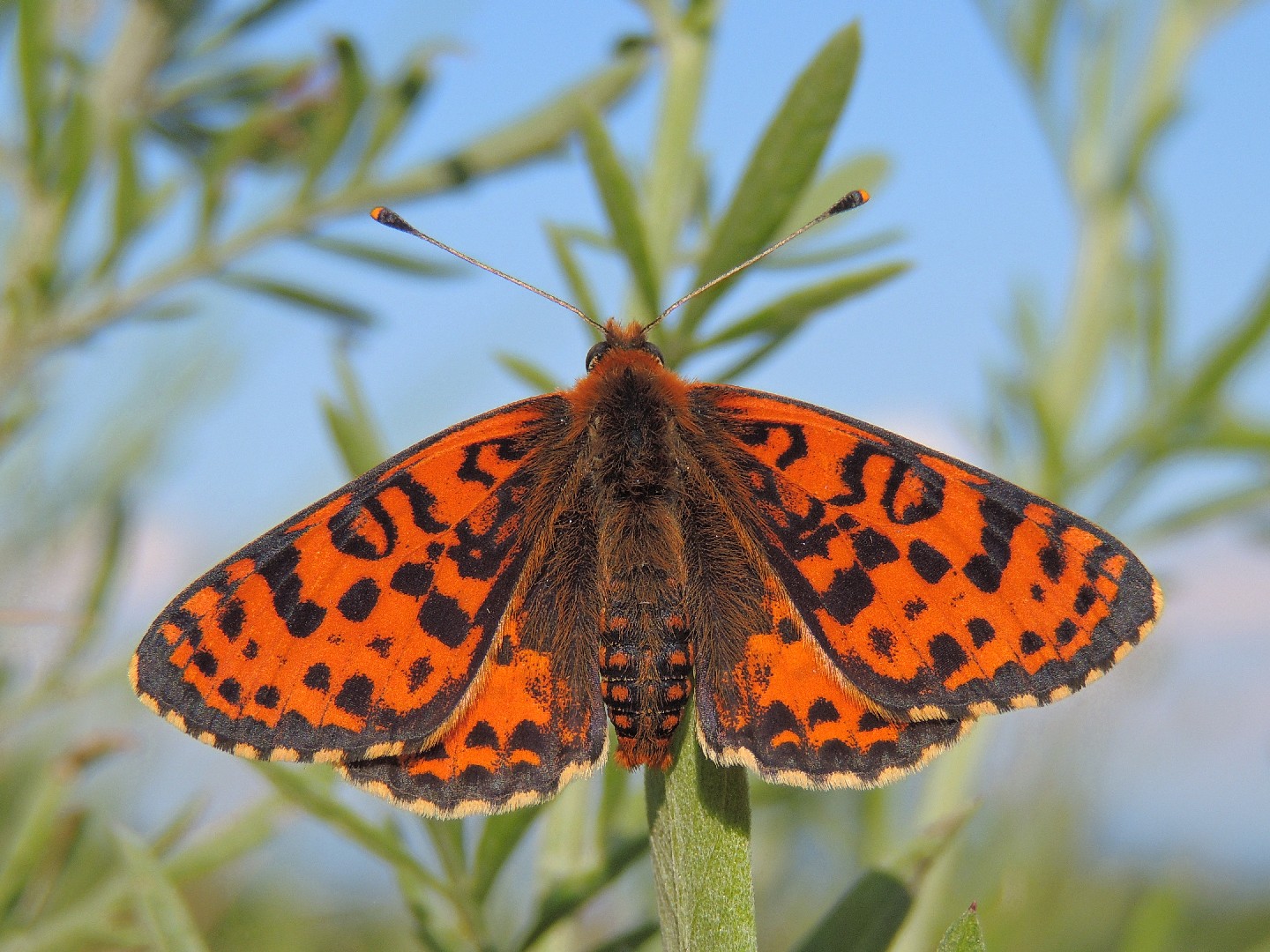
10. Spotted fritillary
Melitaea didyma is a medium-sized butterfly with a wingspan reaching 3.5 - 5 cm. The overside of the wings is a bright orange-brown with dark brown markings arranged in rows, which are quite variable in quantity and size. Sometimes the colour of the females is a duller orange, shaded with grey-green. The underside of the wings is chequered pale yellow and pale orange. Melitaea didyma has seasonal forms and sexual dimorphism. 
More
